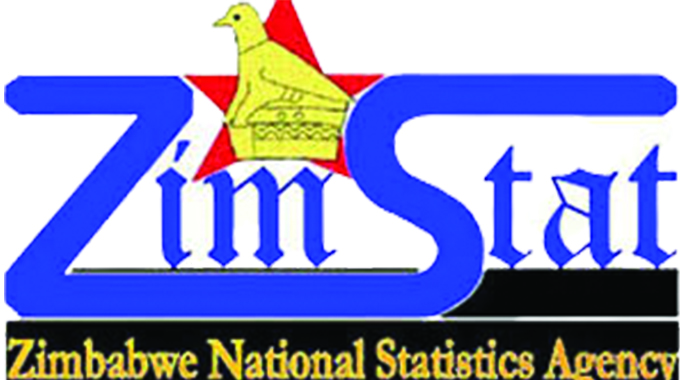Double-digit growth possible
By Patridge T. Sibanda
The CEO Roundtable was instituted in 2009 to provide an opportunity at the beginning of each year for decision-makers to interact and share insights into the opportunities and threats for their businesses for the ensuing year.
The theme for 2010 was appropriately given as “Towards Double Digit Growth”. The theme was chosen in recognition of the fact that after 10 years of shrinkage and progressive loss of capacity utilisation, the first five years of the country’s rebound period would be primarily a recovery period.
In essence this period would be a recoupment phase of existent but idle capacity. Naturally, such a period would be characterised by high rebound growth.
In 2009 economic growth was calculated at 5,7 percent, a very positive achievement as compared to the 2 percent predicted by the market at the beginning of that year. By the end of 2010, the economy was predicted to have grown by 8,1 percent by the Minister of Finance, Honourable Tendai Biti.
Simplifying the calculation to mere nominal figures, the World Bank has calculated the figure to be higher with similar performance being forecast for 2011. The expected movement of GDP to US$8,1 billion in 2011 is indeed testimony that the Zimbabwean economy is on the move.
When one takes the US$4,7 billion for 2009, it shows that the Zimbabwean GDP will have moved by a whopping 70 percent to the US$8,1 billion projected for 2011.
The aforementioned growth has been driven by a recovery in agriculture, which grew 19 percent in 2010, and commodity price recovery in mining coupled by an increase in mining activity which has witnessed upwards of 40 percent growth.
This growth is still calculated at a time when the US$2 billion expected to be earned from diamond sales has not yet materialised due to KP complications.
We contend that this is also a transitory setback and the country will graduate to full diamond sales in 2011 one way or the other.
Naturally, there has been bonus contributions from high value services such as telecommunications. Yet, manufacturing has remained suppressed due to liquidity problems with capacity improving to between 30-50 percent in very few sub-sectors.
Zimbabwe’s next 20 years should not be measured by its current highly constrained period of growth relaunch. That would be measuring a giant when such a giant is standing in a ditch.
Our own double-digit optimism is more rooted in the following variables which we believe will continue to manifest positively for the foreseeable future.
l We believe that as 2011 progresses the perceived political risk of either “elections” and “no elections” will slowly recede as investors realise Zimbabwe’s political future is more about inclusivity and internationally recognised due process than otherwise.
l Zimbabwe’s continued stability based on the use of more predictable and stable international currencies with give impetus to longer term planning by both local and international investors.
It has always been the case that any return to the local currency after the use of international currencies will be based on dual use of the local currency with the foreign currency which would have provided stability in the intervening period.
History has proved that such re-introduction can be achieved with minimal disruptions.
l The rebound in agriculture will continue on the back of continued market-based pricing in tobacco, cotton and other major crops.
There will continued be consolidation of smallholder productivity such as has been witnessed in tobacco over the last two years even as commercial farming slowly but surely re-establishes itself.
l Tourism and sectors such as construction will see growth on the back of peace and stability and the system wide ramifications of sectors such as construction will begin to be felt.
l The sheer volume of activity in infrastructure development in roads and power development among other things, a process being undertaken in preparation of future growth will add to such growth.
l The aforementioned are about just about doing that which Zimbabwe has already done before.
Sustained double-digit growth will, however, be about new growth areas such as value-adding our mining resources, establishment of new industries in the services sector on the back of Zimbabwe’s educated population both at home and in the Diaspora, increased exports from both primary and processed agricultural commodities, and eventually increased flows of FDI into all the sectors.
One Vision, Unitary Purpose
It is the hallmark of the success of all economic activity that certain variables “be held constant” (ceteris paribus). All countries that have succeeded have been anchored by an unquestionable unity of purpose and singular vision.
There has to be a self-belief to succeed against all odds and despite all else. These will have to be a constant for Zimbabwe.
The international community has always succeeded on the back of managing to live within the community of nations while pursuing country oriented interests. Zimbabwe will not be an exception to this rule.
When we said that there would be double digit growth, it was based on our undying belief of the capacity of Zimbabweans to harness all our energies into one collective unidirectional effort.
No one in Zimbabwe will query the reality that we have achieved much together over the last 22 months than we managed divided over the preceding 10 years.
To quote the words of one who has succeeded in a quest similar to ours, “If it is good for the people, let’s do it”, Deng Xiaoping, former president of the People’s Republic of China.
A US$100 billion economy for Zimbabwe is indeed good for our people and therefore let’s do it.
l Patridge T. Sibanda, Business Development Executive, KM Financial Solutions.










Comments